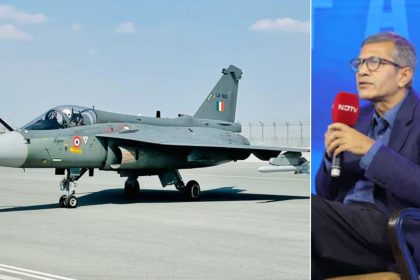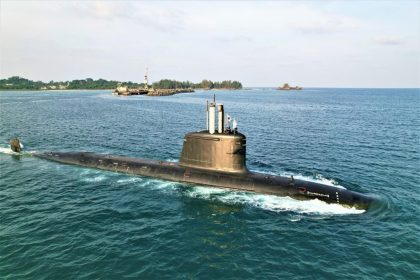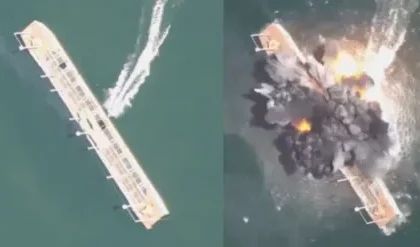First Two Tejas Mark 1A Fighters Likely by September-End: Defence Secretary RK Singh
Defence Secretary RK Singh Confirms September Delivery for First Two Tejas Mark 1A Jets, Highlights Indigenous Defence Push and Lessons…
Indian Army’s Southern Command Highlights Elite Air Defence Unit’s Capabilities
Lt Gen Dhiraj Seth Reviews Atulya Abhra Regiment, Highlights Its Role in Operation Sindoor and India’s Air Defence Modernization.
Emerging Leaders Panel at IONS-2025 Concludes with Focus on Maritime Cooperation and Security
IONS-2025 Emerging Leaders Panel Concludes, Emphasizes Technological Partnerships, Training, and Regional Maritime Security.
DRDO Pune Hands Over Indigenous Signal Star Naval Flare to Indian Navy for Kalvari-Class Submarines
Indigenously developed underwater flare enhances submarine safety, tactical communication, and strengthens India’s Atmanirbhar Bharat defence push.
Lt Gen Dhiraj Seth Reviews Thar Raptor Brigade’s Combat Readiness at Nagtalao
Lt Gen Dhiraj Seth Commends Thar Raptor Brigade’s High Readiness, Highlights Role in Precision Strikes and Indigenous Defence Capabilities.
Russia Sinks Ukraine’s Largest Naval Ship in First-Ever Sea Drone Strike; 1 Killed, Several Missing
Russia Deploys Sea Drone to Sink Ukraine’s Largest Naval Ship as Escalation Intensifies in Black Sea and Beyond.






